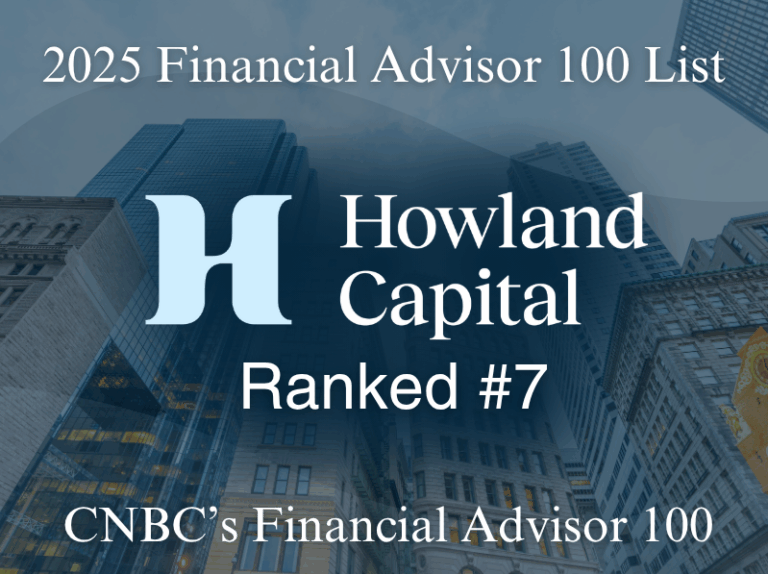Late last year, the Federal Reserve sparked investor enthusiasm for aggressive policy easing in 2024 after it signaled that rates are at their cycle peak. Since then, mixed economic data have challenged investors’ outlook for rate cuts and added to uncertainty about the path of rates this year. At its March meeting, the Federal Reserve left rates unchanged at a range of 5.25% to 5.50% and continued to signal three rate cuts in 2024. However, they cut their forecast for rate cuts in 2025 from four cuts to three. In addition, they boosted their projection for the federal funds rate in the long run from 2.5% to 2.6%, in a sign of a slightly more hawkish stance. In addition to rate cuts, the Fed indicated that they plan to slow the pace of quantitative tightening fairly soon, which should leave the Fed with much larger Treasury holdings than before the pandemic for an extended period of time, helping hold long-term interest rates down. With market expectations and Fed messaging very much in sync, it would likely take a meaningful change in the economic outlook to trigger any sharp movement in long-term interest rates in the months ahead.
After hopes for aggressive policy easing fueled an impressive bond market rally late last year, most fixed-income sectors are off to a slower start in 2024, as resilient economic data have forced investors to reign in their expectations for rate cuts. That said, with market and Fed expectations now largely in line, the worst of bond market volatility is likely behind us, and current yields appear increasingly attractive.
Thanks to the Federal Reserve’s rate hiking campaign, cash looks more attractive today than in the last two decades. With yields north of 5% and minimal risk, many investors have decided to allocate more heavily to cash, pushing money market fund assets to a record $6.1 trillion. However, history shows that staying parked in cash after the peak in interest rates usually leaves money on the table. In the last six rate hiking cycles, the U.S. Aggregate Bond Index outperformed cash over each of the 12-month periods following the peak in CD rates, while the S&P 500 and a 60/40 stock-bond portfolio outperformed in 5 of these periods. This is not to say that investors should abandon cash altogether, as liquidity is an important allocation in any portfolio. However, there is an opportunity cost in holding onto too much cash, and investors should consider allocating long-term money in long-term assets.
